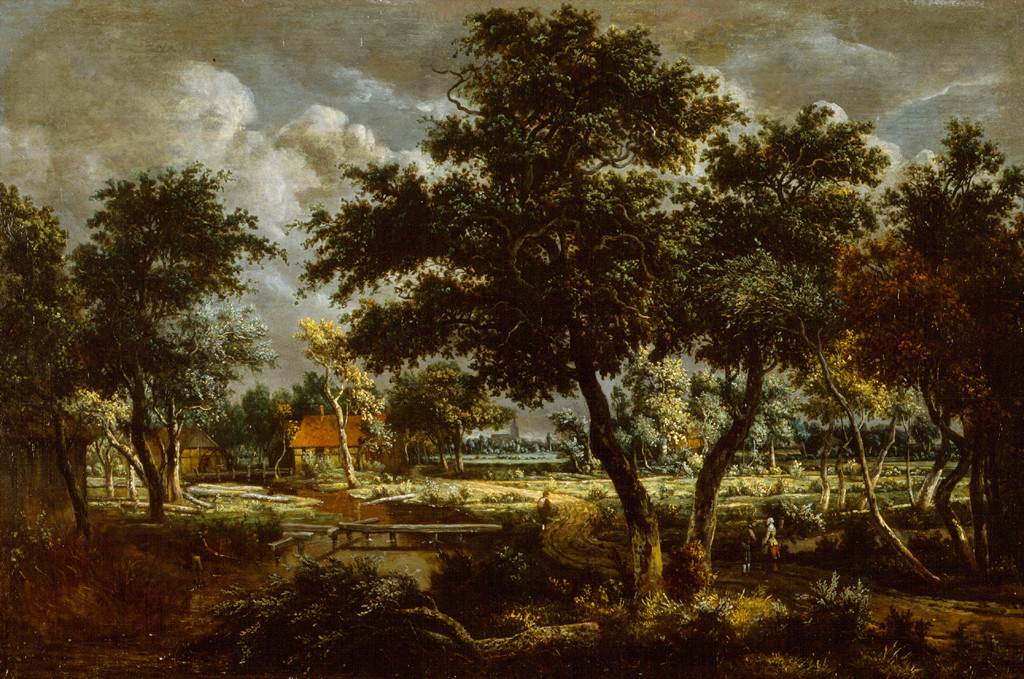B.
Still life with flowers in a basket by Pieter Hardimé
Collection
This article first appeared as 'Allegory of life's beauty, brevity and fragility' in The Press on 15 August 2014.
Flowers for Christchurch
The people of this city have received an unexpected gift, and we can't wait for them to see it. An exquisite Dutch flower painting from the early 1700s, it came as a bequest from Windsor, England, in memory of a woman with historical ties to Christchurch. The story is a little complicated. Kathleen Muriel Whiteley (1904-1949) was born in Wellington, the daughter of the Rev. Thomas Kay and Fanny Buckley. The latter's father was George Buckley, a Lyttelton merchant and sometime politician. Kathleen's parents were married at St Luke's Church in Manchester Street in 1902; the family left New Zealand for England when Kathleen was four. Kathleen married her first cousin George F. Gee, in 1936 in Peshawar, India (now Pakistan), but later divorced. She remarried Albert Adair Whiteley in London in 1947, and died in Windsor just two years later. Albert Whiteley bought the painting from a London art dealer in 1954, it would appear in her memory. He remarried, and died in London in 1988; his intention that the painting should be given to Christchurch in memory of Kathleen was honoured following the death of his second wife in 2012.
Dutch flower paintings were appreciated for being superbly decorative, but were also intended to be a reminder of such important things as the beauty, brevity and fragility of life. This painting presents a carefully arranged display in a basket against a dark background; a profusion of tulips, anemone, nicotiana, jonquils, morning glory and oriental poppies. While these would have once been lighter and brighter, the painting has benefited from recent cleaning and conservation treatment; its original, elaborate hand-carved gilt frame is also being expertly repaired.
Though unsigned, the painting is attributed to Pieter Hardimé, and appears a typical example of his work. Born in Antwerp, Belgium in 1677, Pieter Hardimé was the son of a linen merchant, and trained as a flower painter under his older brother Simon, whom he is said to have 'altogether surpassed'. Hardimé lived mainly at The Hague from 1697, also spending time at other towns in Holland and Prussia. He became well known for his 'chimney and doorway pieces', paintings of fruit and flowers intended to hang over mantelpieces or door mantels, with architectural commissions including decorating the apartments of the Hotel of the Count of Wassenaer and a group of 'four seasons' pictures for a Bernardine convent near Antwerp; the abbot was his brother-in-law.
Little has been written about Hardimé, but a vignette of his life appears in an account of his brother Simon, whom a contemporary remembered as 'a droll little fellow, who spent the greater part of his time at the church or the tavern, and at length became so embarrassed that he had to leave Antwerp and go to his brother at the Hague, where he was no more welcome than a dog in a game of skittles. He then came to London, where he was working in 1720, and died in 1737.' Pieter Hardimé, who died in Dordrecht in 1758, is judged among the huge number of Dutch flower painters working in this period as 'not without merit'; this fine example of his work is a more than welcome addition to the collection.










